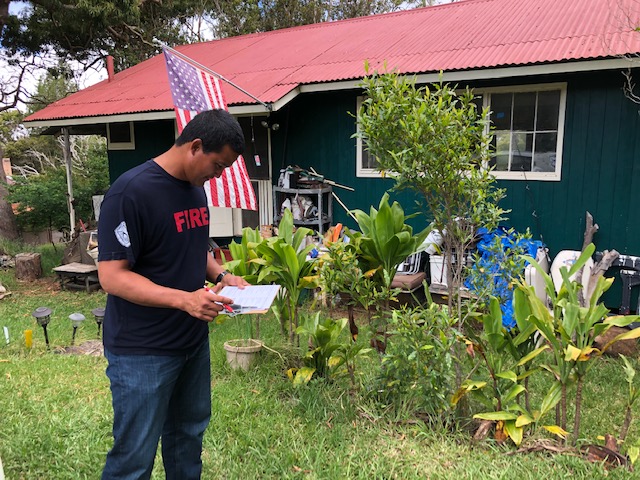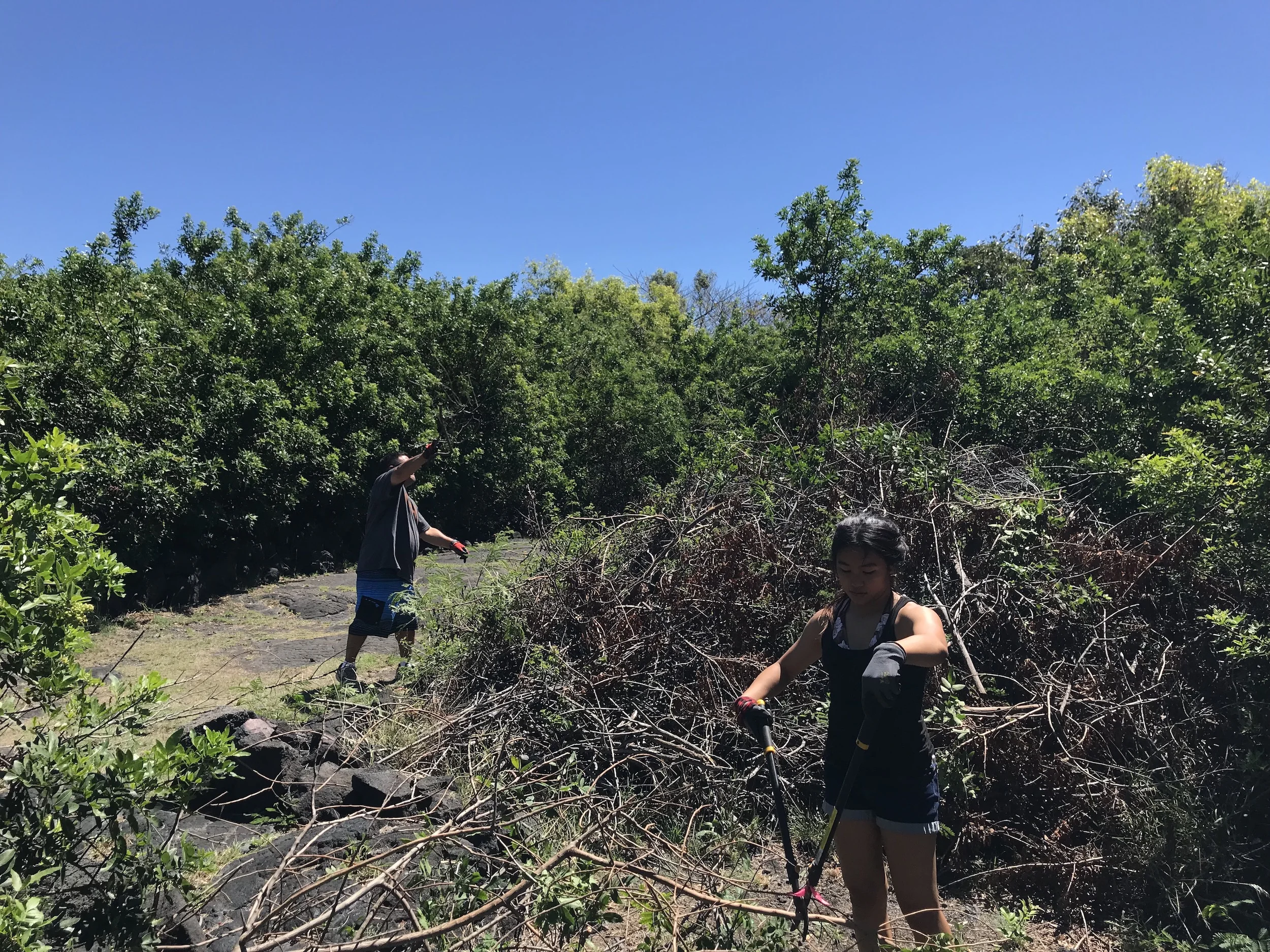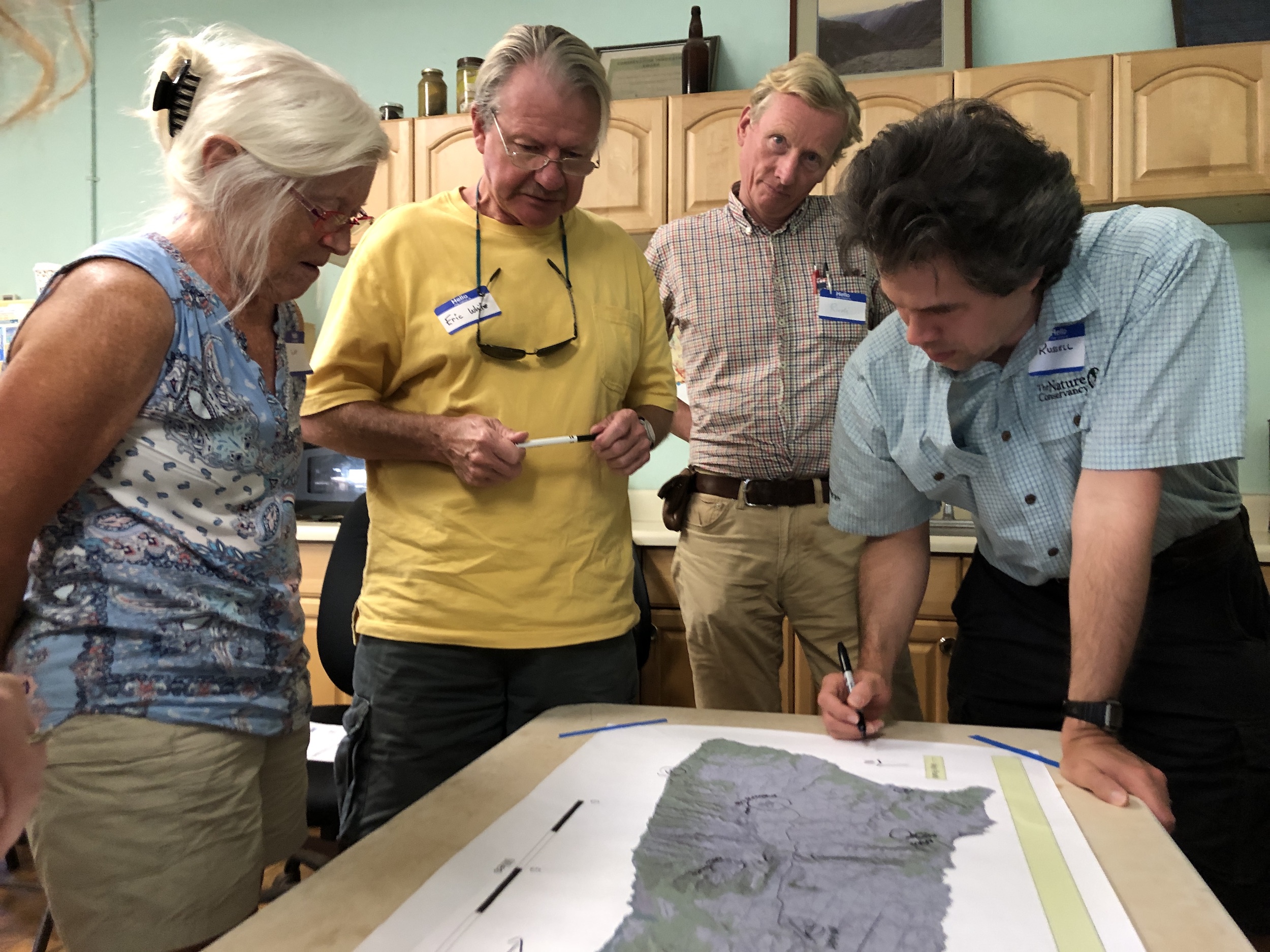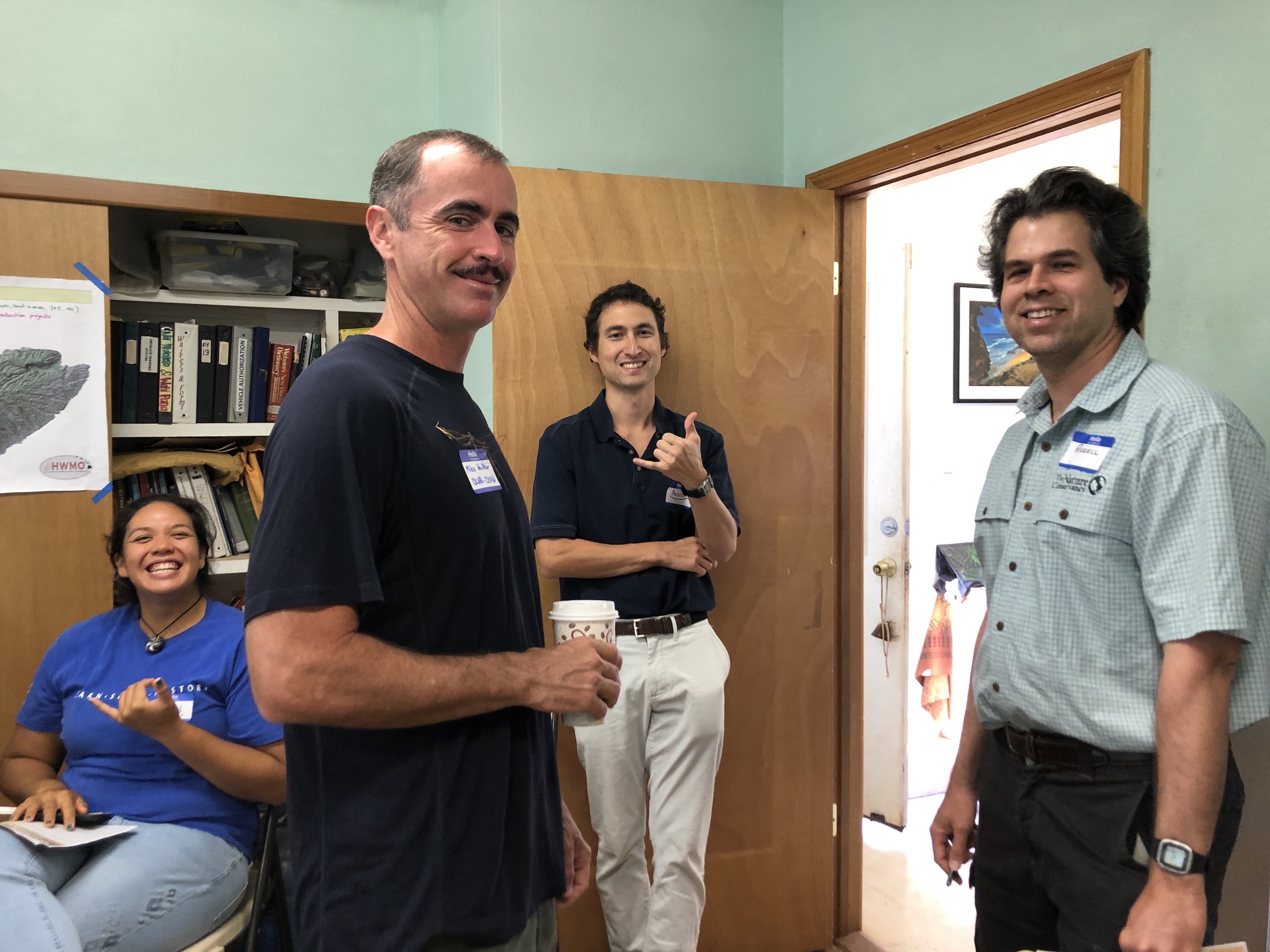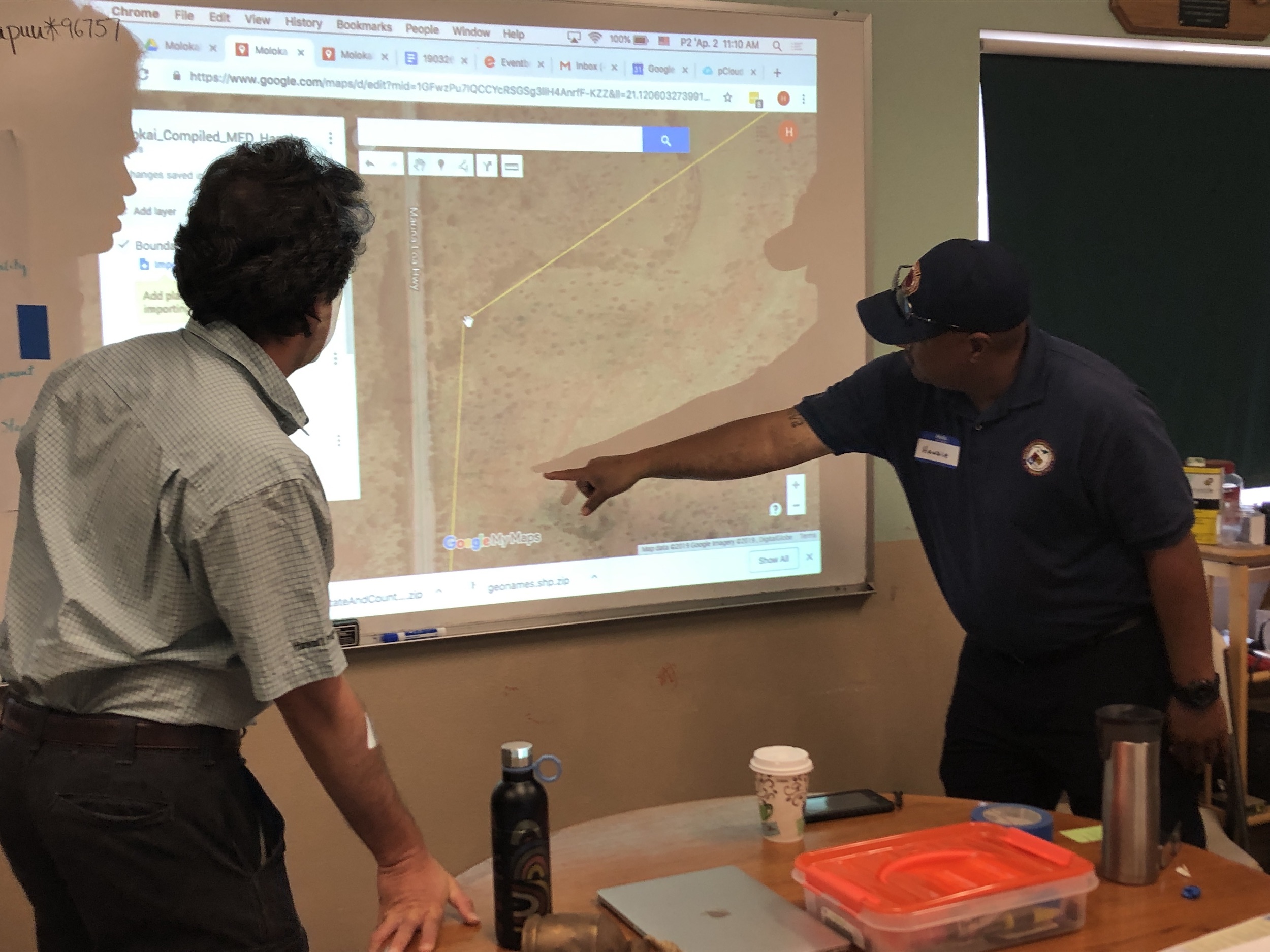A lot was covered last week at the Waikoloa Community Leadership Council meeting. From how to alert residents of incidents that may require evacuation, to methods used for fostering community participation in mitigating fire risk and plenty of other issues.
A few of the major entities that were represented at the meeting include the Hawaii Fire Department (HFD), Division of Forestry and Wildlife (DOFAW), Hawaii County Civil Defense, Hawaii County Council Member Tim Richards, Hawaii Police Department (HPD), US Army Corps of Engineers, the Department of Water Supply, Waikoloa Dry Forest Initiative, the Waikoloa Board of Directors, Hawaii Wildfire Management Organization (HWMO), as well as other members of the Waikoloa Village Association.
While many topics were discussed, one of the major points that remained on the table for quite some time was that Waikoloa Village does not have a standardized alert system in place, should a wildfire incident require evacuations. Waikoloa Village leadership is hoping for more governmental agency support while alerting residents in times of emergency. This brought up the fact that the Hawaii Fire and Police Departments are under-staffed and under-funded. There is a government-funded speaker alarm system being installed in Waikoloa Village, and it is understood that the Fire and Police Departments will do everything they can to ensure the safety of residents. This is a major improvement to what alert system existed before, but there is still much room for improvement to ensure the safety of all Waikoloa residents. The number of people in the village that may need assistance when it comes to an evacuation is beyond the capacity that local governmental agencies can handle. There are also precautionary measures that can be taken prior to a disaster such as making a plan with your fellow community members and neighbors. Individuals are urged to also sign up for Civil Defense texts and emails Here. While it is understood that government agencies such as the Fire and Police Departments will do everything in their power to assist a community such as Waikoloa Village in times of Emergency, it is also necessary for communities to do their part to be proactive, and ensure that evacuation when the time comes to be safe and successful.
Another big topic that came up is that the Waikoloa Dry Forest Initiative is not adequately protected from fires that would devastate such a pristine native forest preserve. The Waikoloa Dry Forest is determined to preserve, protect and restore a remnant native Hawaiian dry forest ecosystem through land management, outreach, education and grassroots advocacy. The fact remains that the Hawaii Fire Department is severely understaffed and under-funded. There are still over 50 job vacancies in the Fire Department, which limits their response capabilities, with life and safety as their top priority. One suggestion was that the Waikoloa Dry Forest Initiative could spend more energy on building a fire break around the forest preserve. This could turn the space surrounding the preserve from a dangerous landscape to access (even under non-emergency situations) into a defensible space that firefighters might be able to traverse with fewer risks and hazards.
While there were more topics covered at this meeting, it is clear that a continued collaboration is necessary to maintain the safety of the Waikoloa Village Community. The dangers of wildfire that surround this at-risk community cannot be handled by a single organization or agency. It will take a lot of effort on all sides to ensure the safety of this community surrounded by fire-prone grass.
We would like to extend a sincere thank you to the members of the Waikoloa Village Association Firewise Committee including Mark Gordon and Julia Alos for helping to make this meeting happen. It is invaluable to the safety of the community to bring these topics to light, as well as pre-plan and prepare for an emergency. When the time comes, itʻs best to be prepared!

































































